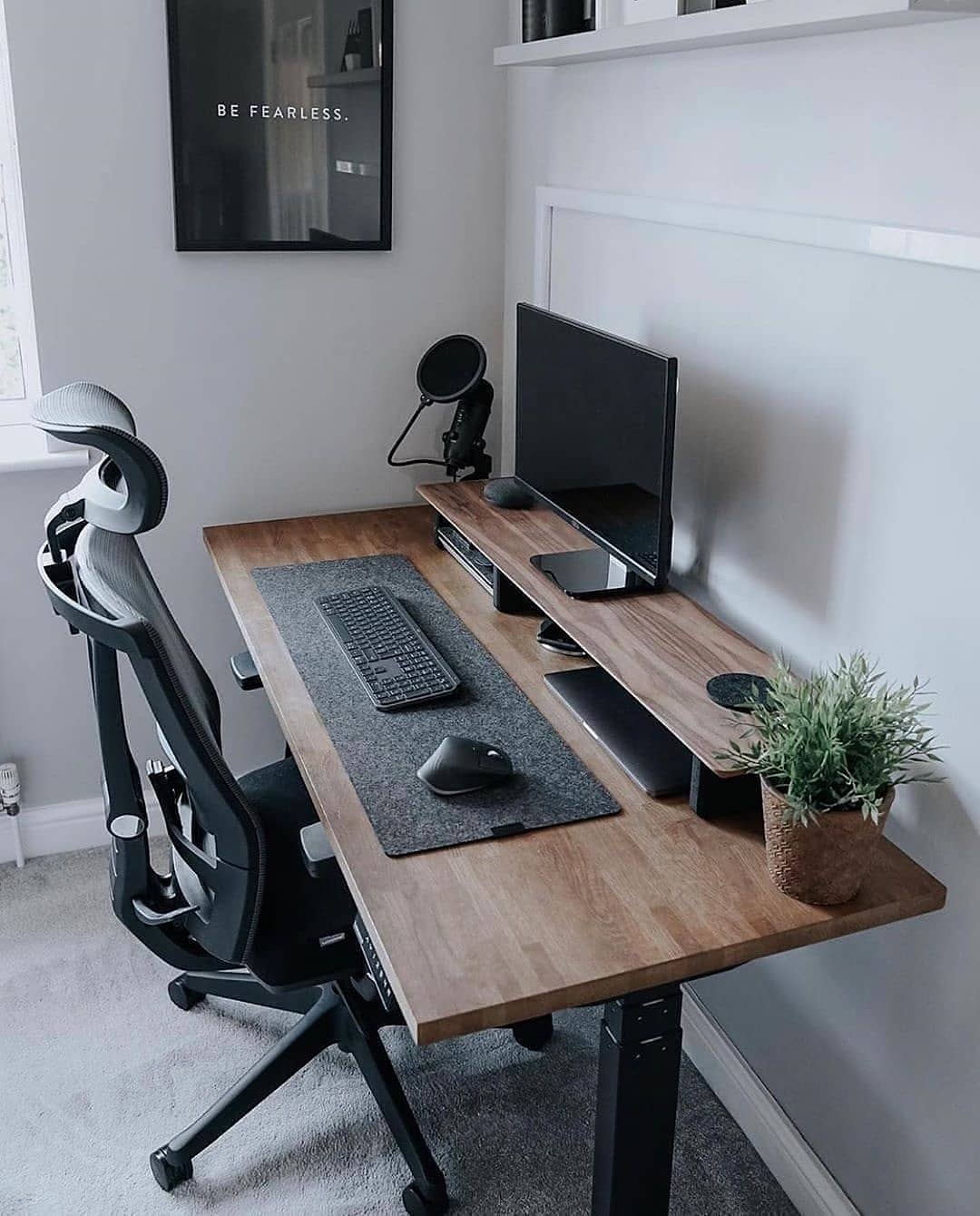Trying My Hand at Keyword Research: A Beginner’s SEO Case Study (Cyber Security)

🟢 Trying My Hand at Keyword Research: A Beginner’s SEO Case Study (Cyber Security)
I’m still early in my SEO journey, so I wanted to practice how I’d approach keyword research, content planning, and some basic technical checks for a cyber security company. This case study shows my thought process, the tools I used, and how I’d explain my choices as a junior SEO specialist who’s still learning every day.
1. How would you approach keyword research for this client?
✅ First, I’d take time to really understand the client’s products and services. This helps me do a better competitor analysis and find other businesses with the same audience.
✅ Next, I’d brainstorm keywords myself based on what the client offers — for example: process automation, IT services, document management software, manufacturing efficiency in AU, cyber security company.
✅ Then, I’d use tools like Ahrefs, SEMrush, or Google Keyword Planner to check the stats for these keywords, things like search volume and keyword difficulty. I’d also look for alternative keywords with good volume but lower competition.
✅ I’d check top competitors’ keywords too and see which ones we could use in the client’s content or blog posts. From there, I’d pick the best 5–7 keywords for the client to focus on when creating content. My rule is: aim for high search volume + low competition whenever possible.
2. My Selected Primary & Secondary Keywords
Primary Keywords:
-
cyber security consulting
-
cyber security products
-
penetration testing
-
reverse connections
-
cybersecurity
Secondary Keywords:
-
malware
-
business cyber security
-
interactive reconnaissance
-
ransomware
-
cyber security for business
🔍 Why I chose these: I picked them based on higher impressions (good visibility in search results) but lower competition or keyword difficulty, so they’re more realistic to rank for.
3. My Instructions to a Writer
📌 Blog Topic & Main Keyword:
I’d pick Cyber Security Consulting as the main keyword. It’s broad enough to cover different angles: pros and cons, why it’s important for businesses, what can happen without it, the peace of mind it brings, and even estimated costs. It gives the writer enough room to make a valuable, relevant article.
📌 SEO Article Guidelines
✅ Secondary Keywords:
Use these naturally throughout the article: malware, business cyber security, interactive reconnaissance, ransomware, cyber security for business. They should fit naturally, no keyword stuffing.
✅ Meta Title & Description:
Meta Title: Cyber Security Consulting: Protect Your Business from Threats
Meta Description: Explore expert Cyber Security Consulting services to protect your business. Discover cybersecurity products and advanced threat protection in AU.
✅ Article Length:
1,500–2,000 words — detailed, actionable, and informative.
✅ Keyword Density:
-
Primary: 1–2% of total word count
-
Secondary: 0.5–1%
Keep it natural!
✅ Suggested Structure:
-
Introduction (150–200 words) – Brief overview of cyber security consulting and its importance.
-
Understanding Cyber Security Consulting (300–400 words) – What it is, key functions, how consultants help businesses.
-
Key Cyber Security Services (400–500 words) – Penetration testing, reverse connections, cybersecurity products, interactive reconnaissance.
-
Benefits for Businesses (300–400 words) – Protection, compliance, incident response.
-
Common Threats & How to Handle Them (300–400 words) – Malware, ransomware, cyber security for business.
-
Choosing the Right Consultant (200–300 words) – What to look for in an expert.
-
Conclusion (150–200 words) – Wrap up, encourage businesses to invest in protection.
✅ Internal & External Links:
-
Internal: Link to related blog posts about cybersecurity tools or penetration testing best practices (if available).
-
External: Link to authoritative sources like National Cyber Security Centre (NCSC) or Cybersecurity & Infrastructure Security Agency (CISA). Use only 2–3 external links to keep it clean.
4. Off-Page SEO
Good backlink targets for Ricoh AU:
-
analyticssteps.com
-
complextime.com
-
the-daily.buzz
-
businessreports.in
-
businessdiary.com.ph
✅ Why: These sites have good domain authority and reach, which helps boost visibility and traffic potential for backlinks.
5. Technical SEO Check
Tool used: Screaming Frog (free version)
Findings:
-
Many pages are canonicalized, so there’s duplicate content that might not get indexed.
-
Meta descriptions and titles are within ideal length (150–160 characters).
Recommendations for Homepage:
a. Site Speed: Compress images (WebP), minimize HTTP requests, reduce JS/CSS file sizes, use lazy loading.
b. Mobile: Make sure the site adjusts to all devices, with readable fonts.
c. URL Structure: Keep URLs short and descriptive, remove unnecessary parameters.
d. Internal Linking: Use clear, relevant internal links to boost SEO and navigation.
e. Structured Data: Add schema markup (e.g., local business schema).
f. HTTPS: Make sure every page is secure.
6. My Proposed SEO Strategy
On-Page:
-
Short-Term: Optimize meta data, keywords, content.
-
Long-Term: Keep updating with new content & keywords, strengthen internal links.
Off-Page:
-
Short-Term: Build quality backlinks.
-
Long-Term: Grow domain authority with partnerships, guest posts, reputable mentions.
Technical:
-
Short-Term: Fix duplicate content, improve speed.
-
Long-Term: Keep schema updated, maintain mobile-friendliness, secure HTTPS.
🌱 My Takeaway
I’m sharing this as part of my learning journey. I know I still have a lot to master, but I’m excited to keep improving with every project, and I can’t wait to see how much better I’ll get with more practice, feedback, and real-world experience!

